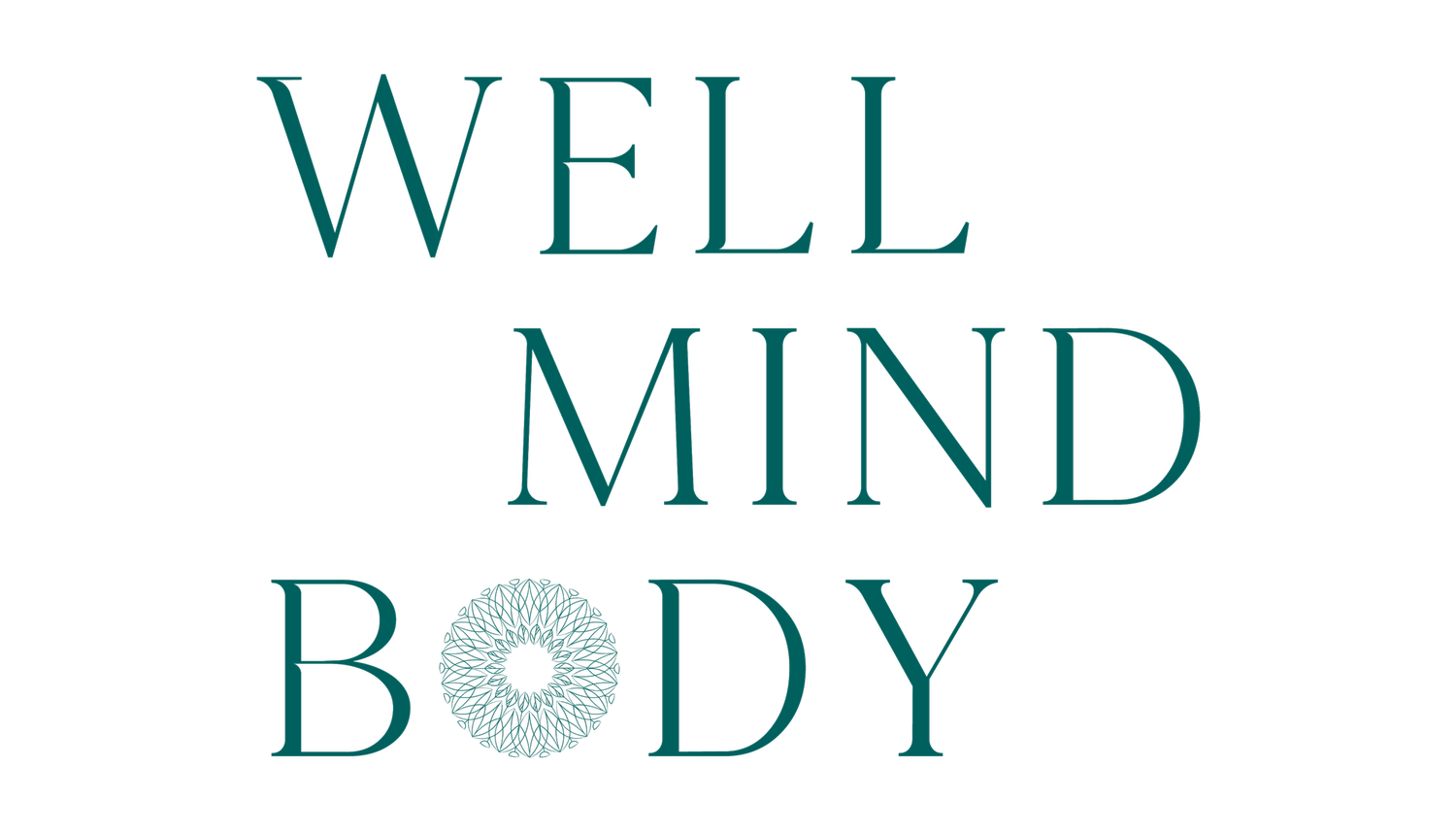Budget Friendly, Non-Toxic Cleaning Products to Use in Your Home
Did you know there are currently no regulations to guarantee the safety of household cleaners, including laundry detergent?
Cleaning products and laundry detergent do not fall under home products meant for ingestion, so manufacturers do not have to disclose the chemicals used in products in labels.
However, there have been many studies that show how many conventional cleaning products, laundry soaps, detergents, and powders have toxic chemicals and whitening agents that not only disrupt hormones but are also linked to other mental and physical health issues such as skin irritation, autoimmune conditions and cancer (Archangelidi et al., 2021; Clausen et al., 2020'; Gerster et al., 2014; Li et al., 2020).
We know that our skin is our largest organ and we know that anything that goes on our skin is absorbed into the body. That is why I prefer to use products in my home that have been third party tested, where the company is committed to ingredient transparency.
When you use conventional cleaners and laundry brands, toxins from the cleaners and detergents are inhaled and/or left on your clothing which your skin then absorbs. We know that an overburdened toxic bucket can exacerbate inflammation in the body which can then in turn lead to hormone disruption, chronic health issues and mental health issues.
Additionally, we know that indoor air quality is directly linked to our overall physical and mental health, yet so many of us are still using toxic cleaning products to clean our homes. I wanted to share a few budget, non-toxic ways to keep your home, clothes and indoor air quality clean, without the toxic chemicals.
Option 1: Make your own cleaning solutions
Making your own cleaning solutions is not only cost effective but it also guarantees you know what ingredients are entering your home. If you are someone who has severe allergies or have skin issues (which we all know environmental factors and gut issues play a huge role is skin issues, allergies, etc.) then it is even more important to know what is entering your home. The home is meant to be a place of solace and comfort, not a place that perpetuates fear or medical conditions.
If you are old enough, you can probably think back to a time when your grandparent was cleaning the kitchen and it smelled of white vinegar; well your grandparent was on to something! One of the most cost effective ways to clean your kitchen and bathroom counters is with distilled white vinegar, water and a dash of essential oil.
Vinegar Cleaning Solution:
1 cup of white vinegar
1 cup distilled water
1-4 drops of essential oils
This solution can be used to clean your kitchen, bathrooms and more. For bathrooms, I like to add On Guard essential oils for a deeper clean.
Tip: Stay away from citrus essential oils as they can be acidic and cause undue wear and tear on some surfaces. My two favorite essential oils to add to cleaning products are Abode and On Guard .
Option 2: Buy Cleaning Concentrates that Align with Your Health Goals
There are many companies that create concentrates of non-toxic cleaning solutions and supplies. Concentrates are a great way to save money because you can use as much or as little of the solution as you need and also reuse your bottles and dispensers.
Household Cleaning Supplies
Laundry Detergents
Meliora Cleaning Products, Laundry Powder, Unscented
GreenShield Organic USDA Certified Organic Laundry Detergent, Free and Clear
Dr. Bronner’s - Pure-Castile Liquid Soap (Baby Unscented)
My Favorite Cleaning Supplies:
I personally use a mixture of all of the lines referenced above. Here are a few that I use daily:
Hand soap: On Guard Hand Soap
Stain remover: Puracy Stain Remover
Dish detergent: Abode Dishwasher Pods
I hope this helps!
References:
Archangelidi, O., Sathiyajit, S., Consonni, D., Jarvis, D., & De Matteis, S. (2021). Cleaning products and respiratory health outcomes in occupational cleaners: A systematic review and meta-analysis. Occupational and Environmental Medicine, 78(8), 604–617. https://doi.org/10.1136/oemed-2020-106776
Clausen, P. A., Frederiksen, M., Sejbæk, C. S., Sørli, J. B., Hougaard, K. S., Frydendall, K. B., Carøe, T. K., Flachs, E. M., Meyer, H. W., Schlünssen, V., & Wolkoff, P. (2020). Chemicals inhaled from spray cleaning and disinfection products and their respiratory effects. A comprehensive review. International Journal of Hygiene and Environmental Health, 229, 113592. https://doi.org/10.1016/j.ijheh.2020.113592
Gerster, F. M., Vernez, D., Wild, P. P., & Hopf, N. B. (2014). Hazardous substances in frequently used professional cleaning products. International Journal of Occupational and Environmental Health, 20(1), 46–60. https://doi.org/10.1179/2049396713Y.0000000052
Li, H., Kilgallen, A. B., Münzel, T., Wolf, E., Lecour, S., Schulz, R., Daiber, A., & Van Laake, L. W. (2020). Influence of mental stress and environmental toxins on circadian clocks: Implications for redox regulation of the heart and cardioprotection. British Journal of Pharmacology, 177(23), 5393–5412. https://doi.org/10.1111/bph.14949
